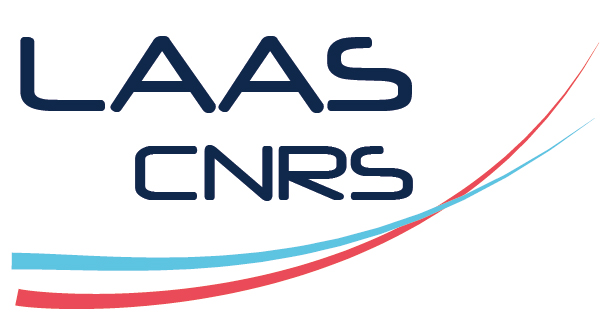Detection of Neutron Irradiation-Induced Crystal Defects in Silicon with Photoluminescence, Deep Level Transient Spectroscopy and Dark Current Measurements on CMOS Image Sensors
Résumé
Defects generated in the bulk silicon following displacement damage induced by fast neutrons irradiation are characterized using the dark current spectroscopy (DCS), deep level transient spectroscopy (DLTS) and photoluminescence (PL) techniques, the latter of which has been scarcely used in this context. Irradiations with fluences of at least × cm -2 were sufficient to generate an exponential tail of white pixels in the DCS distributions of CMOS image sensors (CIS), with the DCSextracted activation energy being close to midgap for high dark current values, suggesting the presence of complex defect clusters. PL and DLTS measurement required respectively fluences 10 and 5 times higher to obtain spectral signatures of point defects such as CiOi, CiCs and the di-vacancy. Simulations based on a simplified model suggest that the exponential tail observed in DCS for clusters can be explained by an exponential distribution both of cluster sizes and capture cross section values, as long as the cluster introduces at least an energy level close to midgap. The three techniques provide useful and complementary information for the characterization of irradiation-induced defects.
| Origine | Fichiers produits par l'(les) auteur(s) |
|---|

